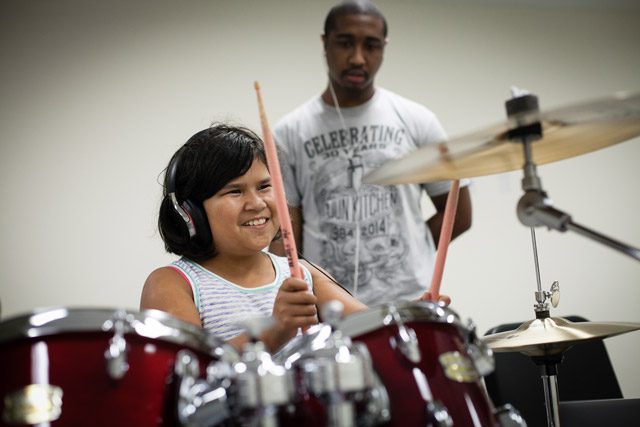By Edward Horwood, Colonel –
Recently an officer told me a story. While enrolling junior soldiers into a rural corps in Tanzania he said he encouraged them to work hard in school and stay active in the corps. He told them he could see in them the teachers, doctors, members of parliament and church leaders of the future.
He noticed one girl starting to cry. She later explained that she was 12 years old and the wife of a man who paid 10 cows for her, so her prospects for a future that he described were remote. It is a culturally intractable problem. According to the International Center for the Research of Women, one-third of girls in the developing world are married before the age of 18 and one in nine are married before the age of 15. It is estimated that 40 percent of marriages in Tanzania take place before girls are 18.
The officer and his wife visited with the girl’s family, and helped to devise a temporary solution that allowed her to return to school in her village. Childhood marriage is not uncommon here, but pushback on cultural norms or assumed social value is. In the midst of a corps program the officers realized a girl was being mistreated and they felt compelled to address the situation. This blending of evangelism (corps program) and social action is at the heart of The Salvation Army’s contribution to the Body of Christ.
For many of us, our inclination is to do something. After all, action is enshrined in our organizational core beliefs. Our mission statement is to “preach the gospel of Jesus Christ, and meet human need in his name without discrimination.” It also nicely summarizes Jesus’ mission (Luke 4:18-19).
Obviously the challenge with any organizational mission statement is that it is practically dependent on the constituents of the organization. In The Salvation Army, and in the church more generally, local matters of social concern are routinely referred to the corps social services office that is staffed by well-meaning, professional social workers often without any relational connection to the congregation. So what is the Salvationists’ role in the implementation of the mission statement? Is our mission statement actually etched into their hearts?
The challenge for the Army is whether local corps are being planted and enabled to be agents of change in their communities. We must build corps that are compassionate and inclusive, pursuing holiness and justice with those who are committed to and involved in the worship and fellowship of the congregation.
This is no easy task in a contemporary western evangelical context where it is easy and practical to outsource individual engagement with the needy.
Christians—Salvationists in particular—should bridge the gap between the Great Commission (evangelism) and the Great Commandment (service). It is in our DNA that the soldier, in the daily routines of life, is aware of the values of the kingdom, and is motivated to preach the gospel and meet human need as a natural expression of his or her relationship with Christ.
The officer who enrolled the junior soldiers still has work to do. The challenge will be whether the corps people—not just the officer—will get involved. There are debts to be paid, cultural behaviors to be changed, and ministry to be done by us all.
Evangelism as service and service as evangelism. It is a difficult task, but is critical if we are going to participate in our own prayer that his kingdom come on Earth as it is in heaven.












